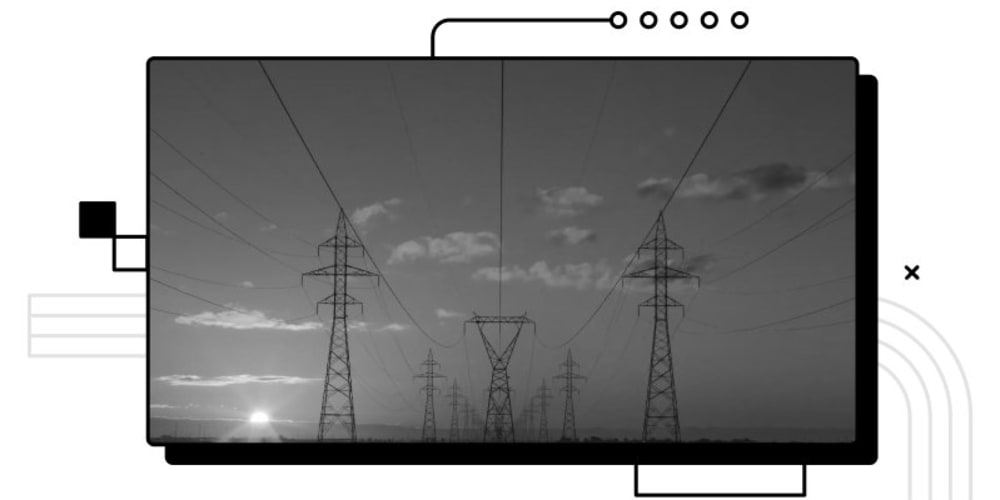The shift of data and apps to cloud services has completely changed how companies run.
But this change also brings with it a new set of difficulties, especially when it comes to making sure that different laws and industry standards are followed.
It might be difficult to navigate the complicated world of cloud service compliance, but it's crucial to safeguard your company against fines and other consequences.
This post provides you with a list of 12 practical methods to help you become and stay compliant with cloud services.
Cloud Compliance Environment
Understanding the overall compliance framework is essential before delving into specific techniques. Following a set of laws, guidelines, and industry best practices that control how data is managed, stored, and processed on the cloud is known as cloud compliance.
Among the most well-known compliance requirements are:
The General Data Protection Regulation, or GDPR, focuses on safeguarding the personal information of persons inside the European Union.
The United States' laws governing the privacy of patient health information are known as HIPAA (Health Insurance Portability and Accountability Act).
The Payment Card Industry Data Security Standard, or PCI DSS, guarantees the safe processing of credit card data.
For service firms, SOC 2 (System and Organization Controls 2) is a thorough security standard.
An international standard for managing information security is ISO 27001.
Techniques to Guarantee Cloud Adherence
1. Regularly Carry Out Compliance Audits
Conducting routine audits is crucial to preserving compliance. Internal audits provide a self-evaluation of your company's compliance with rules and guidelines. These evaluations help in locating possible weaknesses and areas in need of development.
Seek independent verification of your compliance posture from external auditors to maintain neutrality and credibility. Their professional viewpoint can reveal potential hazards.
Prioritize and carry out remedial activities to resolve identified problems after the audit findings have been assessed. This continuous improvement approach strengthens your overall compliance program.
2. Organize a Thorough Risk Assessment
The first step in reducing potential hazards is to identify them. Evaluate your cloud environment, data center services sensitivity, and compliance obligations by doing a comprehensive risk assessment. This will assist you in properly allocating resources and prioritizing compliance initiatives.
Recognize sensitive information and systems.
Evaluate possible weaknesses and threats.
Analyze the compliance standards that apply to your sector and area.
3. Monitoring and Auditing Your Cloud Environment Regularly
It takes constant attention to detail to keep a cloud system compliant. Frequent monitoring assists in spotting possible problems before they become more serious, such as illegal access, data breaches, or configuration drifts.
Audits offer a more thorough examination of your cloud configuration, determining whether security measures are in line with regulations.
You can identify weaknesses, guarantee data safety, and satisfy auditors by looking at your cloud settings, security protocols, and data usage trends. This proactive strategy aids in avoiding expensive violations and fines from the authorities.
4. Pick an Approved Cloud Provider
Regarding compliance, cloud providers are not made equal. Choose a supplier who can match your unique requirements by providing the required certifications and security features. Doing your research is essential to avoiding compliance issues.
Choose a cloud service provider with a solid compliance history.
Examine the compliance reports and security certifications held by the provider.
Recognize your responsibilities and the shared responsibility concept.
5. Put Strict Access Controls in Place
Encouraging access to confidential information is essential to cloud security. To prevent unwanted access to your data, put strong access controls in place. These include encryption, multi-factor authentication, and role-based access.
Make use of strong authorization and authentication procedures.
Limit user privileges by implementing role-based access controls, or RBAC.
Update and review access permissions regularly.
6. Secure Data Both in Transit and at Rest
Encrypt critical information before storing and sending it.
Make use of robust encryption techniques and key management procedures.
Preserve Availability and Integrity of Data:
7. Put Data Recovery and Backup Strategies into Action
Test catastrophe recovery plans on a regular basis.
Utilizing checksums and other validation techniques, guarantee data integrity.
8. Awareness and Training for Employees
The first line of defence for the security of your company is your workforce. Encouraging a security-conscious culture requires thorough training.
Provide staff with training on cloud security best practices, such as incident response protocols, access controls, and data protection.
Frequent training helps staff members remember these ideas and stay informed about new risks. Fostering a security-first mindset enables staff members to recognize and communicate possible threats, reducing the likelihood of data breaches and noncompliance.
9. Keep Up with Regulations Concerning Compliance
The regulatory environment is ever-changing. Keep a close eye on modifications to pertinent legislation, industry standards, and best practices to ensure compliance. Keep yourself updated about new risks and weaknesses that could potentially affect your company.
Your compliance rules and processes should be updated to take these developments into account.
Your business can effectively manage risks and maintain regulatory compliance by adopting a proactive approach.
10. Make Use of Compliance Frameworks
Using a well-known compliance framework, such as SOC 2, ISO 27001, or the NIST Cybersecurity Framework, offers an organized method for creating a strong compliance program.
These frameworks provide a thorough set of guidelines and safeguards to secure private data.
Certain Standards of Compliance
Many industry-specific rules and standards make up the complex landscape of cloud compliance. These are a few instances:
EU citizens' data is covered under the General Data Protection Regulation (GDPR).
The California Consumer Privacy Act (CCPA) protects the personal information of Californians.
Patient health information is protected under the Health Insurance Portability and Accountability Act (HIPAA).
The Payment Card Industry Data Security Standard (PCI DSS) guarantees the handling of credit card data.
The Sarbanes-Oxley Act (SOX) sets requirements for financial reporting and internal control.
Wrapping Up
Cloud services compliance is a continuous activity that requires careful thought and attention to detail. You can greatly improve the security posture of your company and lessen the risks of non-compliance by implementing the techniques described in this article.
It is imperative to remain up-to-date on the constantly changing regulatory environment and utilize the proficiency of cloud service providers and security experts in order to attain and preserve compliance.


















